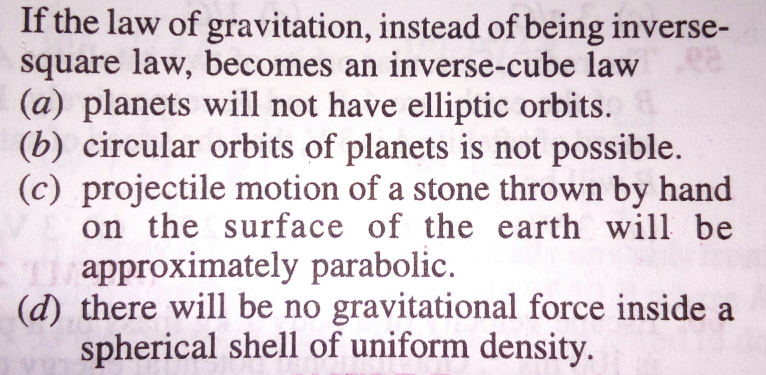
GravitationQuestion and Answers: Page 1
Question Number 181679 Answers: 0 Comments: 0
Question Number 173558 Answers: 1 Comments: 1
Question Number 158941 Answers: 0 Comments: 1
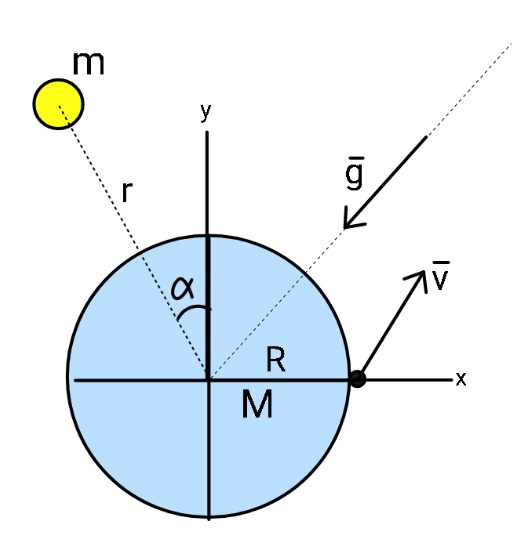
Question Number 138896 Answers: 1 Comments: 0

Question Number 138025 Answers: 0 Comments: 0
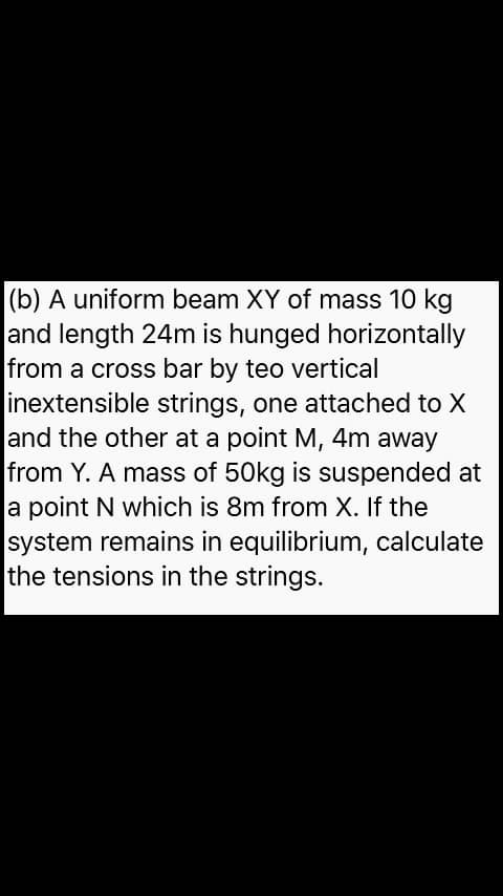
Question Number 127708 Answers: 0 Comments: 11

Question Number 111559 Answers: 0 Comments: 2
Question Number 74411 Answers: 1 Comments: 0
Question Number 72775 Answers: 0 Comments: 0
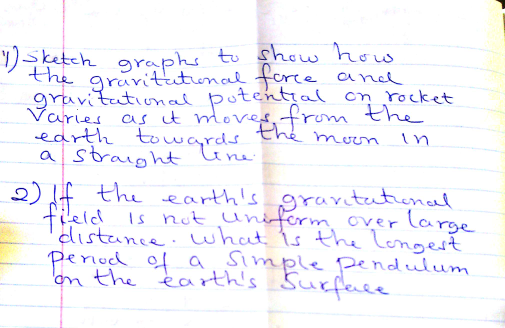
Question Number 72148 Answers: 0 Comments: 1

Question Number 64452 Answers: 1 Comments: 5

Question Number 58614 Answers: 2 Comments: 0
Question Number 56005 Answers: 0 Comments: 8

Question Number 55967 Answers: 0 Comments: 1

Question Number 55748 Answers: 1 Comments: 1
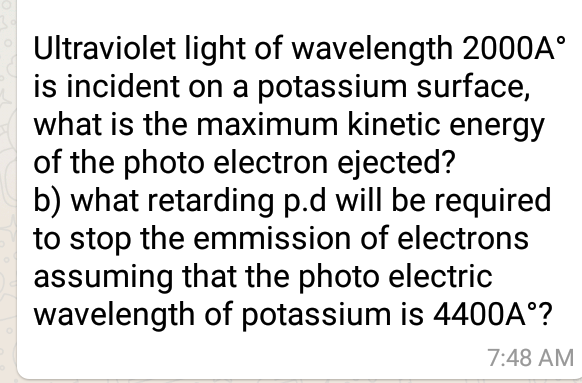
Question Number 53720 Answers: 0 Comments: 1
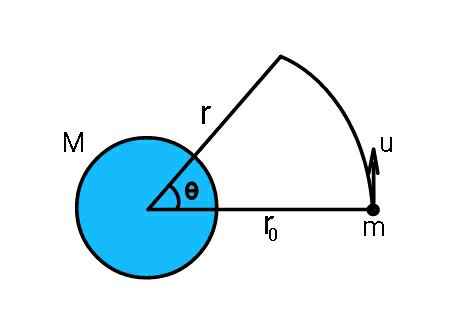
Question Number 45206 Answers: 0 Comments: 1
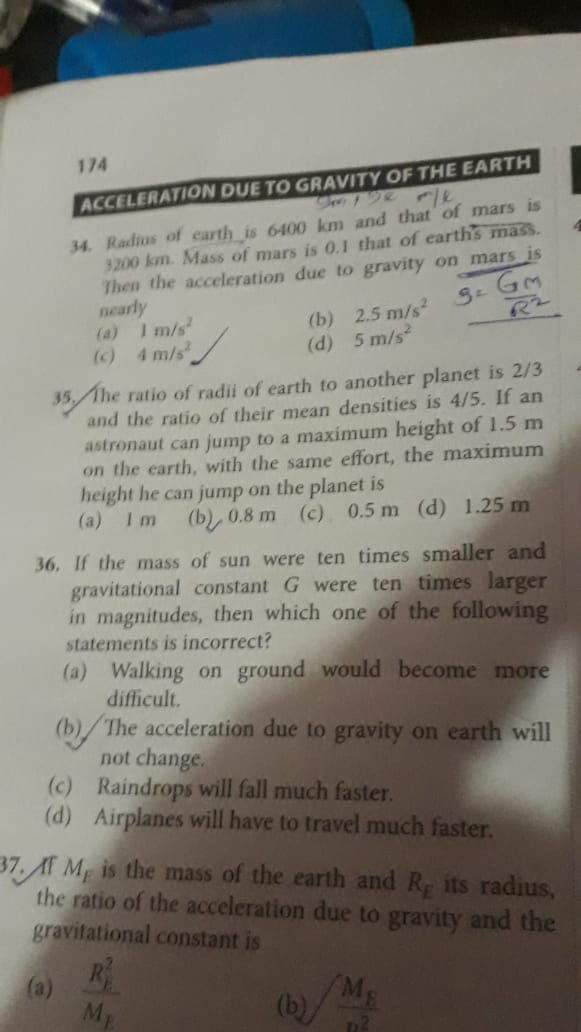
Question Number 34988 Answers: 1 Comments: 1
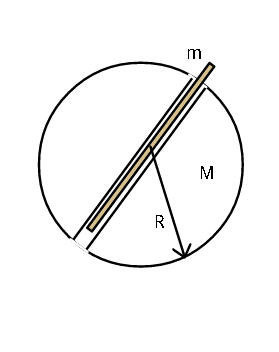
Question Number 33824 Answers: 1 Comments: 0
Question Number 32158 Answers: 0 Comments: 0
Question Number 28044 Answers: 0 Comments: 8
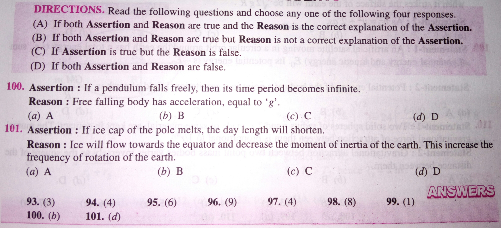
Question Number 27939 Answers: 0 Comments: 1
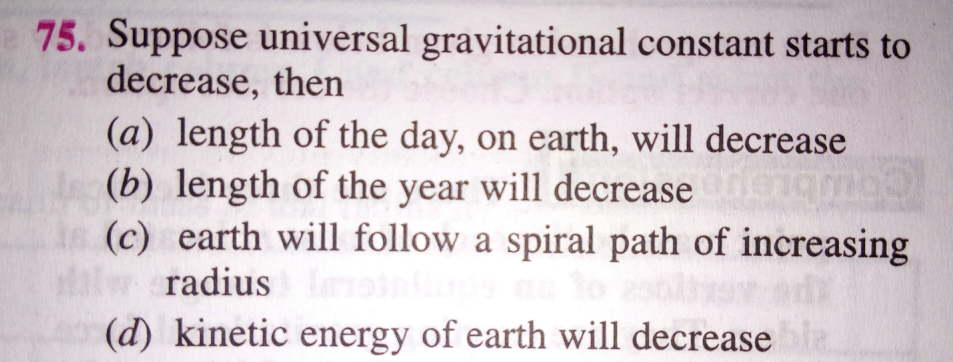
Question Number 27717 Answers: 0 Comments: 0

Question Number 27492 Answers: 0 Comments: 1

Question Number 27445 Answers: 1 Comments: 0
Question Number 27287 Answers: 0 Comments: 1
